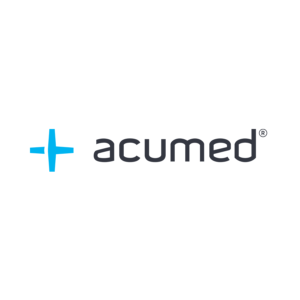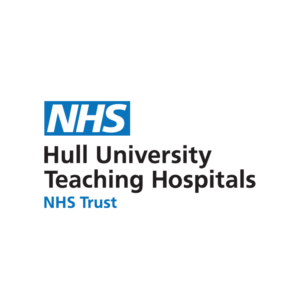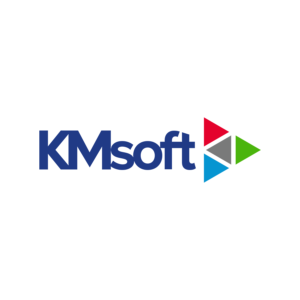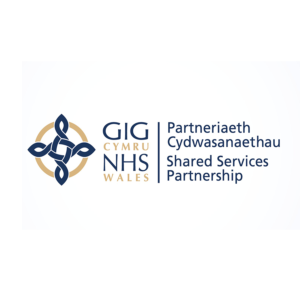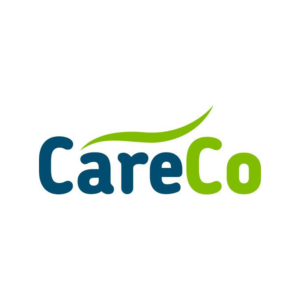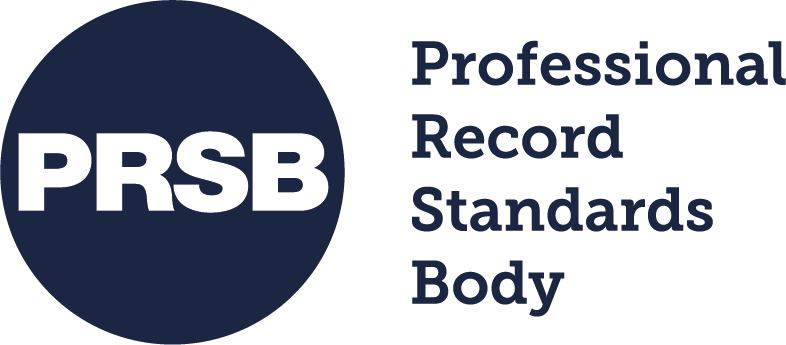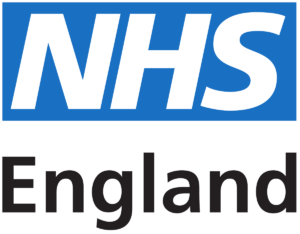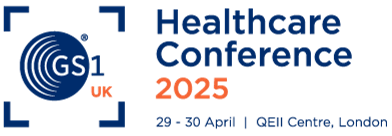Tuesday 29 -Wednesday 30 April 2025
Sponsor/exhibit at the GS1 UK Healthcare Conference 2025
Scan4Safety adoption across the UK continues to expand and as it does, so do the opportunities for solution providers, medical device manufacturers and suppliers, and pharmaceutical manufacturers and suppliers
More hospitals than ever before are looking for products, equipment and systems, that can use GS1 standards to support their Scan4Safety adoption journeys. Sponsors and exhibitors of the GS1 UK Healthcare Conference are critical to this – equipping hospitals with what’s needed to deliver safer, smarter, connected healthcare for its patients.
From inventory management systems to wristband printers, and everything in between, the GS1 UK Healthcare Conference and exhibition provides the perfect environment to explore new business opportunities.
To discuss sponsorship and exhibition options, please contact one of our business development advisors. You can also download the sales brochure to explore the available packages.
Meet and network with healthcare, regulatory and government professionals
Generate new leads and opportunities by establishing commercial relationships with those leading the adoption of Scan4Safety in their NHS organisation
Gain unique, first-hand insights from NHS end users regarding their digital and Scan4Safety priorities and showcase how your product/solution can meet their needs
Get ahead of the curve on Scan4Safety developments to drive your business development strategy
Pre, during and post event brand exposure to GS1 UK stakeholder community
Organisations attending
2DSURGICAL
Stand Number: 24

The team at 2DSurgical have been specialising in reading small and challenging 2D data matrix barcodes for over twenty years. Our SurgiScans are world leaders and are widely used around the globe. They are the scanner of choice due to their incredible performance, reliability and ease of use. We believe that for tracking and traceability to work effectively, staff need to have the right equipment to perform what is often perceived as an additional task. Scanning the code needs to be an imperceptible part of the process. Our scanners are hands free, require no focus and are robust and waterproof. They have been specifically designed for CSSD and healthcare and are able to read very small, poor contrast and difficult codes easily and reliably.
NHS Supply Chain
Stand Number: 27
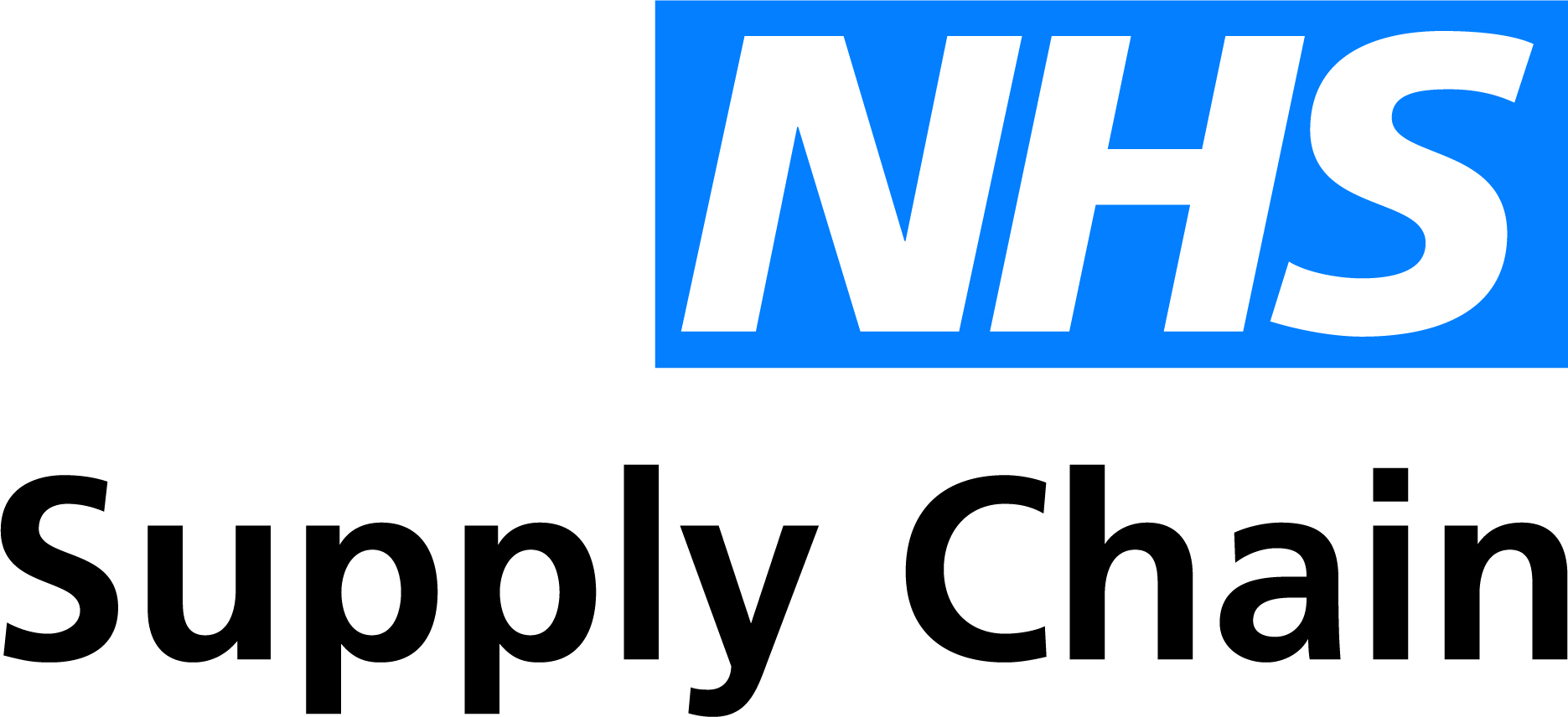
Our role is to source, deliver and supply healthcare products, services and food for NHS trusts and healthcare organisations across England and Wales. By working in collaboration with the healthcare system and suppliers, we help the NHS to put patients first. We are a part of the NHS and deliver cost-efficient, resilient, clinically assured products that are responsive to frontline needs. Our focus on the end-to-end patient pathway supports the healthcare system to: - Reduce treatment times - Decrease patient length of stay - Enable more care in community settings - Improve clinical outcomes.
Domino Printing UK
Stand Number: 8

Since 1978, Domino Printing Sciences (Domino) has established a global reputation for the development and manufacture of coding, marking, and printing technologies, as well as its worldwide aftermarket products and customer services. Domino employs over 3,000 people worldwide and sells to more than 120 countries through a global network of 29 subsidiary offices and more than 200 distributors. Domino’s manufacturing facilities are located in China, Germany, India, Sweden, Switzerland, UK, and the USA. Domino became an autonomous division within Brother Industries Ltd. on 11th June 2015. Brother Industries Limited is a public company based in Nagoya Japan and is listed on the Japanese Stock Exchange (6448:Tokyo). For further information on Domino, please visit www.domino-printing.com
Adviseinc
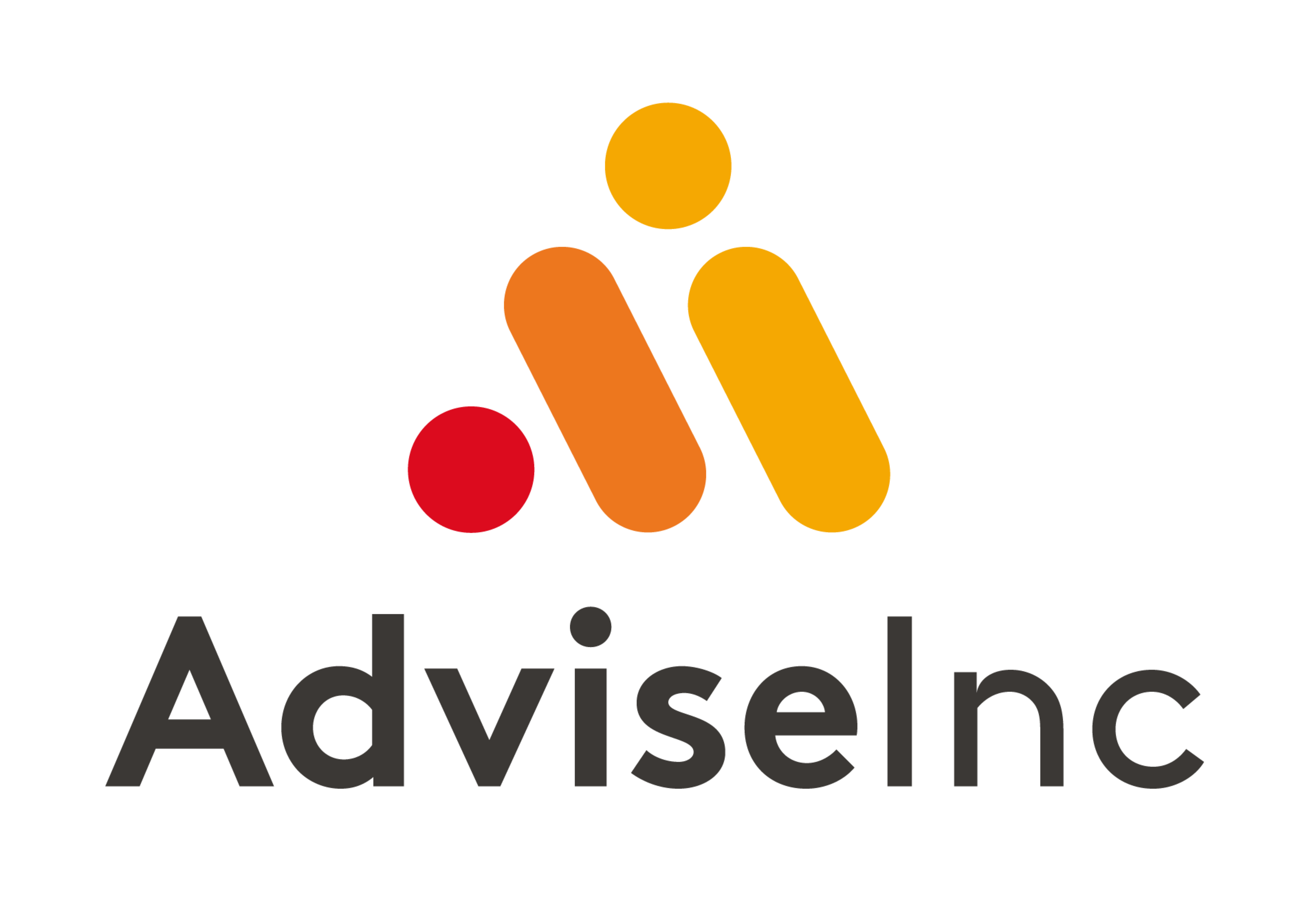
AdviseInc is an award-winning analytics team that works with 155+ NHS trusts across the UK and specialises in healthcare spend analytics. Recognized as ‘SME of the Year’ at the prestigious British Data Awards, Great Place To Work Certified and Top 100 Small Business in the UK, we are dedicated to helping healthcare organisations #MakeSense of their spend data, supporting them to drive greater value.
Professional Record Standards Body
Stand Number: 39
National Association of Medical Device Educators and Trainers
Stand Number: 15
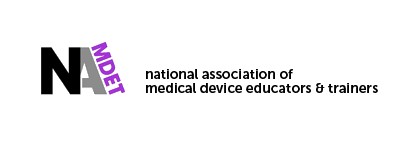
The National Association of Medical Device Educators and Trainers was established in 2011 in response to the requests of professionals working in this specialty, who had identified the need for a nationally recognised organisation, operating as a centre of expertise and excellence. We are involved in every aspect of medical device training and help design, develop and deliver thousands of teaching sessions every year ranging from; face to face, on line-learning, lectures and seminars. Our roles vary and can include teaching on basic temperature measuring devices, suction units, infusion devices, oxygen therapy, beds, cardiac monitors through to life saving ventilators and anaesthetic machines.
NHS England
Stand Number: 41
Tourettes Action
Charity partner
Stand Number: 10
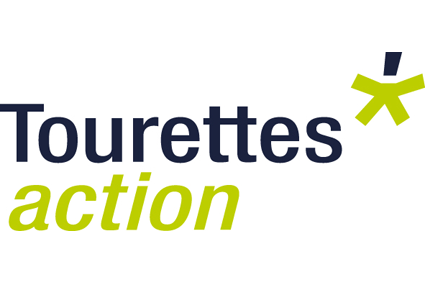
Tourettes Action is the UK’s only national charity dedicated to supporting individuals with Tourette syndrome and their families. Our staff, volunteers and supporters are engaged and energised in driving forward our mission. Everything we do is grounded in our community’s needs and informed by both the voices of our community and research-based evidence. Our Vision We want a world where people with Tourette syndrome are: accepted, supported and embraced. This is a world which enables people with the condition to reach their full potential. Our Mission We will support and empower people living with Tourette syndrome, and their loved ones, through comprehensive advice and support. We will campaign to improve services, raise awareness and understanding of Tourette syndrome, and work to eliminate the stigma surrounding it. We will assist and promote essential research into Tourette syndrome. Our Values These values underpin everything that we do: Empathy: We approach every person and situation with understanding, kindness, and genuine concern. We listen to our community, to support people with Tourette syndrome and their families in their hour of need. Eradicate Stigma: We push to break the stigma of Tourette syndrome by educating the public and professionals, to enhance understanding and promote social acceptance of people living with the condition. Empowering: We empower people with Tourette syndrome to be themselves and reach their full potential. Equity: We create an environment where people from all backgrounds feel welcome, respected, and valued - creating a level playing field for all our members. Ethical: We give impartial advice grounded in scientific and research-based evidence and operate with honesty, transparency, and accountability in all our actions.
Scan4Safety drop ins (Trust corner)
Stand Number: 30
Health Business
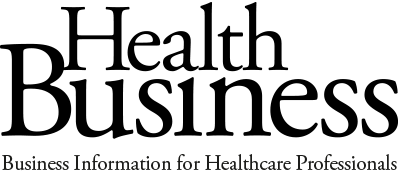
Health Business is published bi-monthly and includes news, features, analysis, opinion and best practice on the administrative, commercial and business sides of healthcare and hospital management. The digital magazine covers topics including facilities management, energy and net zero, recruitment, medical equipment and technology, catering and IT and cybersecurity, as well as previews and reviews of events and exhibitions. With regular contributions from NHS bodies, healthcare professionals and industry associations, Health Business provides a range of information for those working in NHS management, procurement and decision making.
Healthcare Matters

Healthcare Matters is an informative digital publication targeted to the healthcare sector and its key decision-makers. Our multi-media digital magazine circulates directly to 25,000 targeted businesses per issue. It is downloadable from multiple digital newsstands and via social media Twitter, LinkedIn and our iOS and Android apps. Each month we feature inciteful, informative and innovative updates on products, services and events across various healthcare areas including nursing, clinical services, pharmaceuticals, disabilities, home care, dentistry, cleaning, hygiene & infection control and mental health. Our dedicated focus on the healthcare industry guarantees meaningful exposure and direct connections with key decision-makers in the field. By showcasing your products, services, or noteworthy updates with us, you can instantly engage with a highly relevant audience. With a robust digital presence and extensive distribution, Healthcare Matters enhances visibility and builds strong brand recognition within the healthcare sector.
Bar Code Data Limited
Stand Number: 19
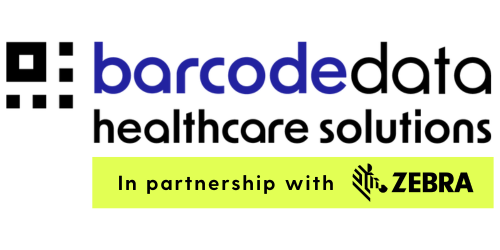
Bar Code Data Healthcare Solutions is a leading provider of innovative healthcare technology, proudly serving the NHS with cutting-edge solutions designed to enhance patient safety, traceability, and operational efficiency. With a strong alignment to the Scan4Safety directive, we are committed to transforming healthcare delivery through smarter, safer, and more streamlined practices. Our Mission: To empower NHS trusts with intelligent, reliable, and compliant technology solutions that support world-class patient care and drive operational excellence. Our Solutions: Tracit360 – Real-Time Asset Tracking Our flagship software, Tracit360, delivers real-time intelligence across a wide range of healthcare environments. Using both barcode and RFID technology, Tracit360 enables precise tracking of: - Specimens - Medical devices - Pharmacy medication - Surgical instruments - Medical records This solution improves traceability and accountability while supporting compliance and efficiency. Inventory Management: Bar Code Data’s Inventory Management module offers real-time stock visibility, eliminating the need for manual stocktaking. This module enhances operational productivity by reducing errors, waste, and delays in stock availability. Patient Identification: We offer a DCB1077-compliant patient identification solution that ensures accurate and safe patient recognition. Our system includes: - Fully formatted wristbands - Integrated 2D GS1 Datamatrix barcodes This ensures patients are correctly identified at every stage of their healthcare journey, reducing the risk of errors and improving overall care quality. Commitment to Excellence: Our technologies not only comply with NHS standards but also evolve with the dynamic needs of the healthcare sector. We prioritise safety, usability, and performance in every solution we deliver.
Dakota Healthcare
Stand Number: 42
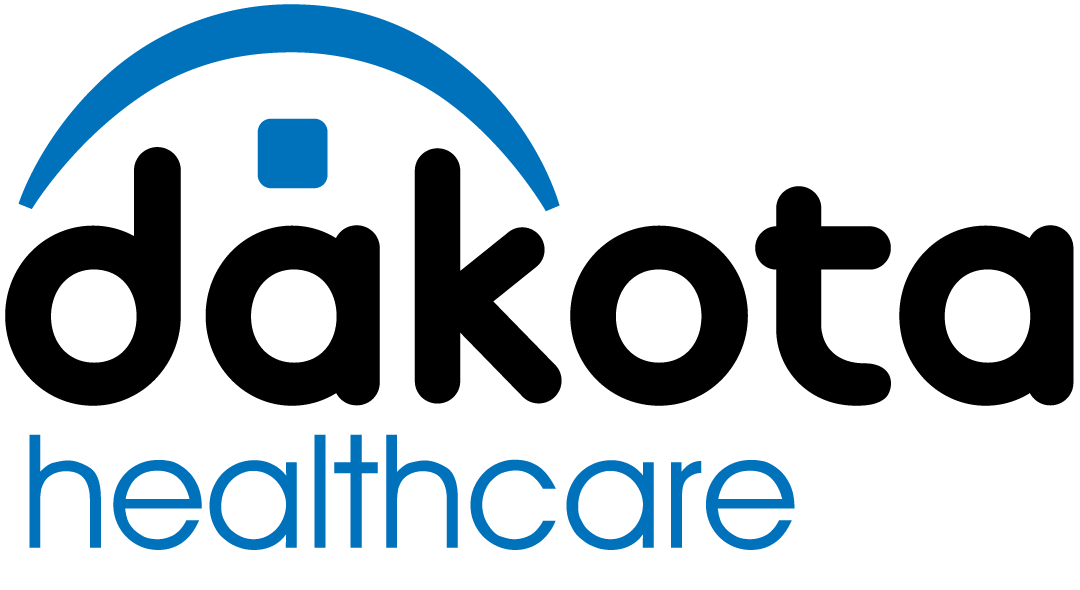
Dakota Healthcare provides integration expertise across a range of healthcare applications, enabling clinicians in over 200 NHS Trusts and private hospitals to understand and adopt digitalised Voice, data capture and RFID technologies. Our best-of-breed solutions are specifically designed to enrich the patient experience and enhance the quality of patient care.
Elcom Systems Limited
Stand Number: 33
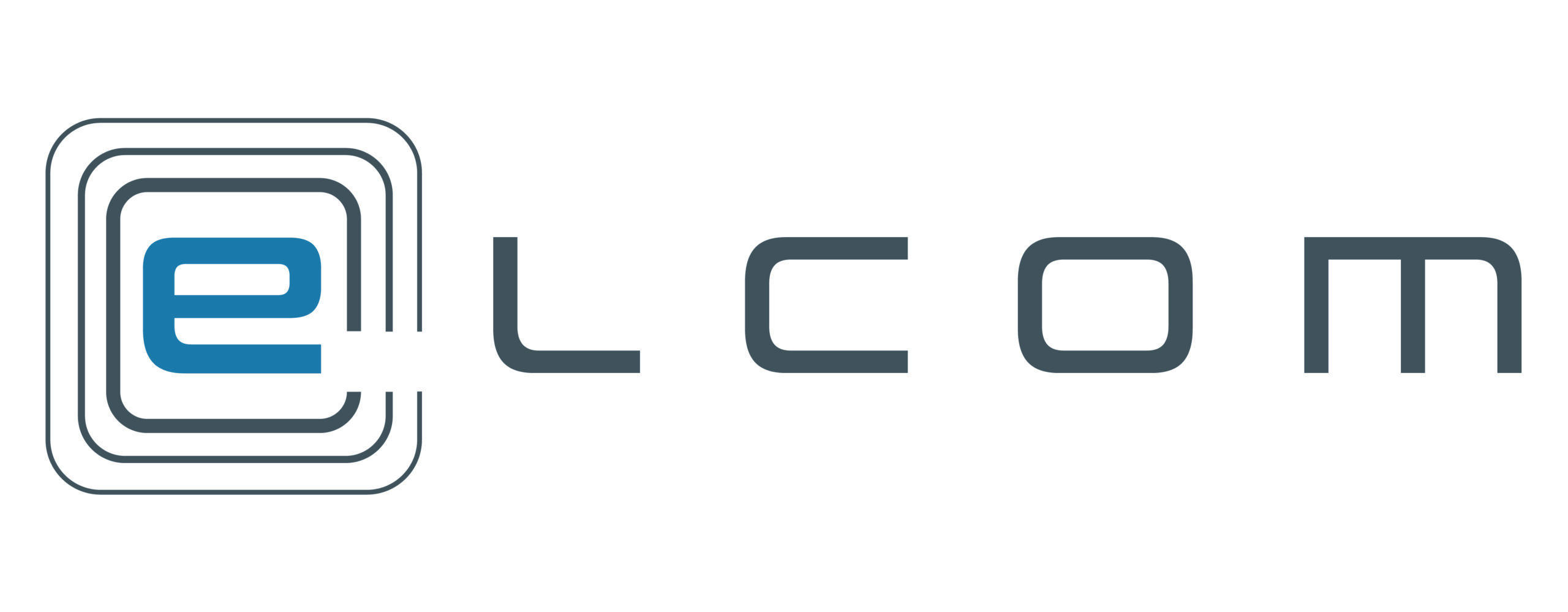
At Elcom, we focus on developing flexible technology to help our customers simplify, optimise and energise their Supply Chain. Our technology quickly adapts to your business needs, improving performance and stimulating your procurement teams. You save time, money and hassle. We provide full Source to Pay S2P and Purchase to Pay P2P spend management solutions globally across all markets supporting them to become more connected and transparent while helping our customers trade and save money. Working with key NHS service providers, for example NHS Supply Chain and NHS Shared Business Services to provide seamless data flow. Buyer organisations can benefit from a tailored end-to-end solution for Spend Management, enabling single integration, removing fragmentation, redundancy, and process duplication. Our solutions guarantee better financial control and greater transparency of spend. Elcoms' solutions support the requirements for increasing Patient Safety through our Inventory Management Solution which supports the NHS Scan4safety initiative and is further enhanced with compliance to the GS1 Standards. Our Scan4safety module, ScanOR allows for easily accessible data that supports the rapid identification of patients to whom a product recall might apply. The in-depth data capture and reporting capabilities also allow clinicians to analyse clinical variation and map these across pathways to develop best practice/best outcome models of care. ScanOR is complimented by NHS Sourcing, catalogue and analytics tools to provide insights into a Trust, ICS and ICB Logistics and Supply Chain
CareScan
Stand Number: 34

Improved Patient Safety Starts with a Scan CareScan is an intuitive, NHS-built solution that tracks implants, devices, and consumables at the point of care, enhancing patient safety and reducing Never Events in high-pressure clinical environments such as operating theatres. Protecting patients in-theatre and across the pathway, CareScan is modular, allowing you to build your ideal solution. Built by the NHS for the NHS Designed with frontline healthcare professionals, CareScan streamlines data recording, freeing clinicians to focus on patient care. By consolidating clinical and operational insights, it optimises workflows and supports better resource allocation, with full traceability to aid PLICS submissions. Real-Time Integration for Greater Efficiency CareScan seamlessly integrates with the NJR implant combination check API, improving accuracy, reducing delays, and enhancing efficiency during the prosthesis pause in lower limb orthopaedic surgery. Proven Impact in NHS Trusts: • An average of 15 minutes per case saved for clinical support workers and 4,000 hours released back to patient care • Improved data accuracy and streamlined workflows in critical areas such as operating theatres • Supporting compliance with Medical Device Outcome Registry (MDOR) standards through full traceability
H-trak
Stand Number: 28
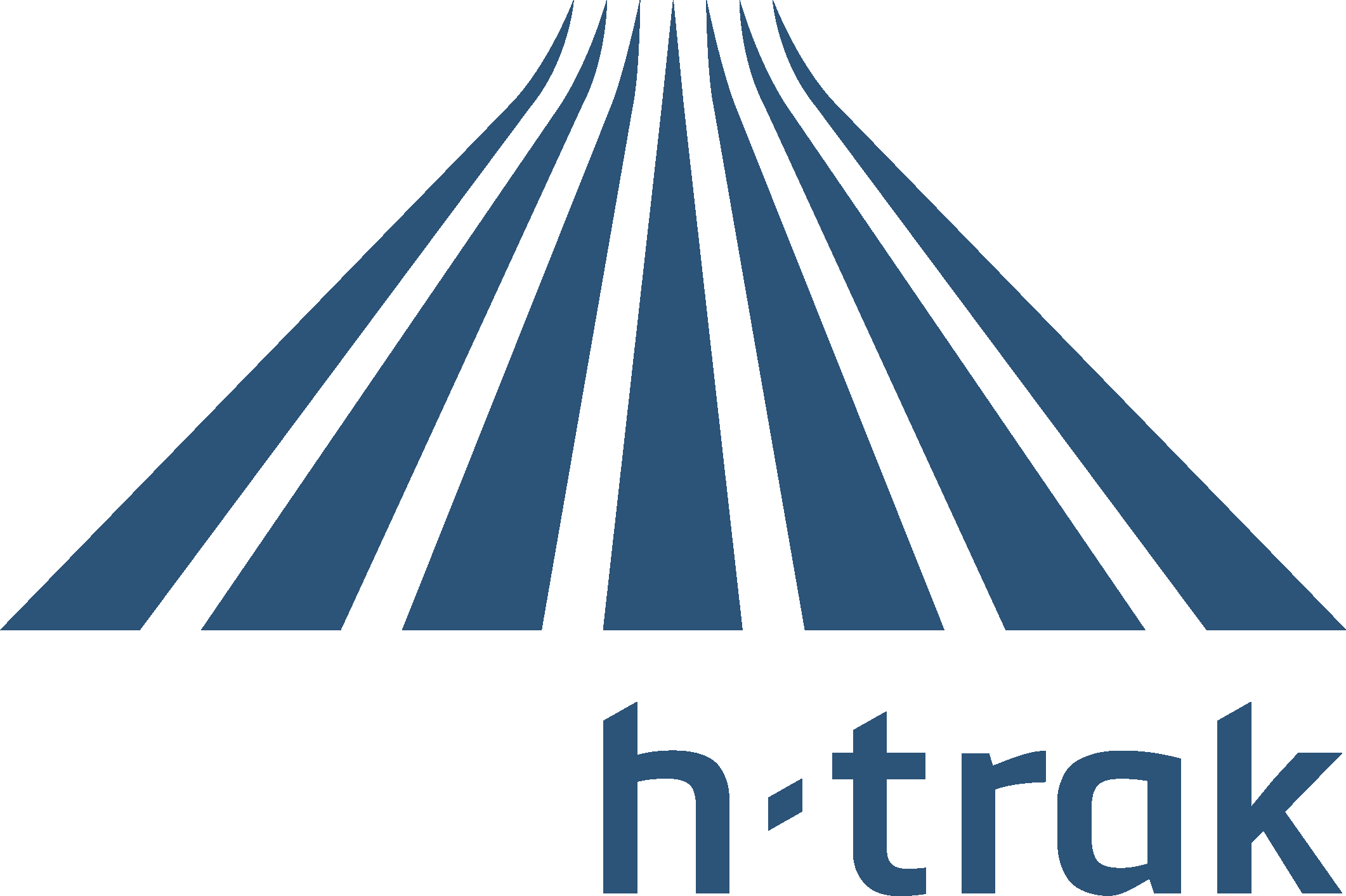
h-trak specialises in providing integrated procedure information using barcode and mobile technologies. Our GS1-approved Patient Centric Inventory Management System enables hospitals to manage inventory, reduce stock wastage, streamline the procurement process, drive clinical efficiencies and importantly boost patient safety by tracking and tracing devices used in surgical procedures (supporting Scan4Safety). By accurately identifying products used in surgical procedures, h-trak is able to provide highly detailed information that can integrate seamlessly with procurement, financial and clinical systems.
Genesis Automation
Product traceability and sustainability stage sponsor
Stand Number: 25

At Genesis, we’re on a mission to help every hospital and clinical environment improve compliance, financial performance and patient health by taking a more intelligent and automated approach to clinical supply chain management. We are leading the movement to transform the clinical supply chain from a procurement function to a pillar of value maximisation. Genesis is led by healthcare leaders who understand the challenges of high-volume supply chain management and the requirements of the clinical setting. We know the view from your side of the table, and we’re committed to providing you with a different kind of technology experience—one marked by requirements addressed, promises met, and value delivered. Ultimately, there are two primary categories of technology in any hospital or clinical environment: large enterprise platforms, like the EHR and ERP, and downstream point solutions spanning an abundance of functional areas. Which of these technologies is Genesis? The answer is neither. WE ARE… The First Solution to Bring It All Together. Genesis is not just another interface, nor is it a heavy enterprise platform. It is the first solution to bridge the great divide between the supply chain’s ERP and the clinical environment’s EHR. Instead of eliminating or replacing heavy legacy systems in the hospital, Genesis brings it all together to build an immediate and sustainable path to value and patient safety.
GHX UK Ltd
Stand Number: 21

GHX is a leading provider of software solutions, securely connecting thousands of healthcare providers and suppliers through the world’s biggest healthcare trading partner network. Our customers have access to the latest supply chain data and technology, helping them to automate business processes and make informed decisions that improve patient care and lower the cost to deliver it. With our support, healthcare organisations worldwide have removed inefficiencies and saved billions from the cost of delivering healthcare.
Axicon Auto ID
Stand Number: 18
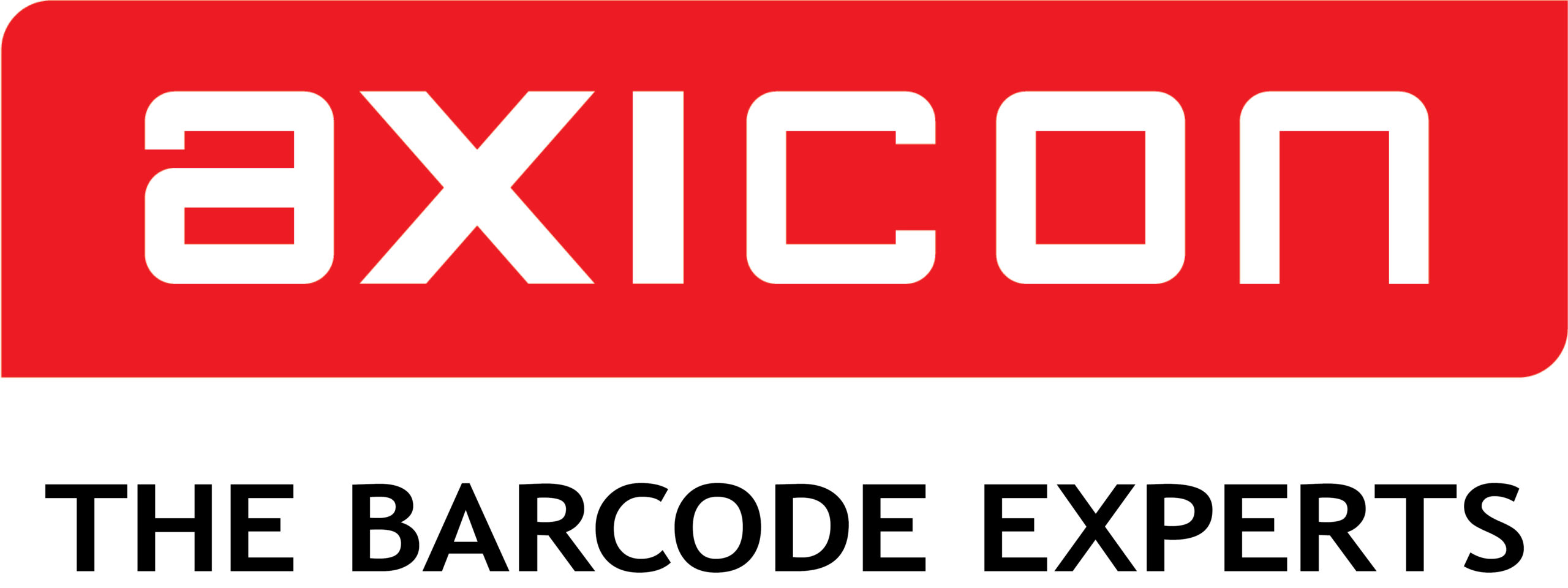
Axicon Auto ID is a world leader in barcode verification, having developed and manufactured our own verifiers since 1989. Axicon barcode verifiers are used across the globe and are fully compliant with the international ISO/IEC standards for both linear and matrix bar codes. These verifiers are used to measure the quality of printed barcodes, on all levels of product packaging
PDC Healthcare
Stand Number: 13
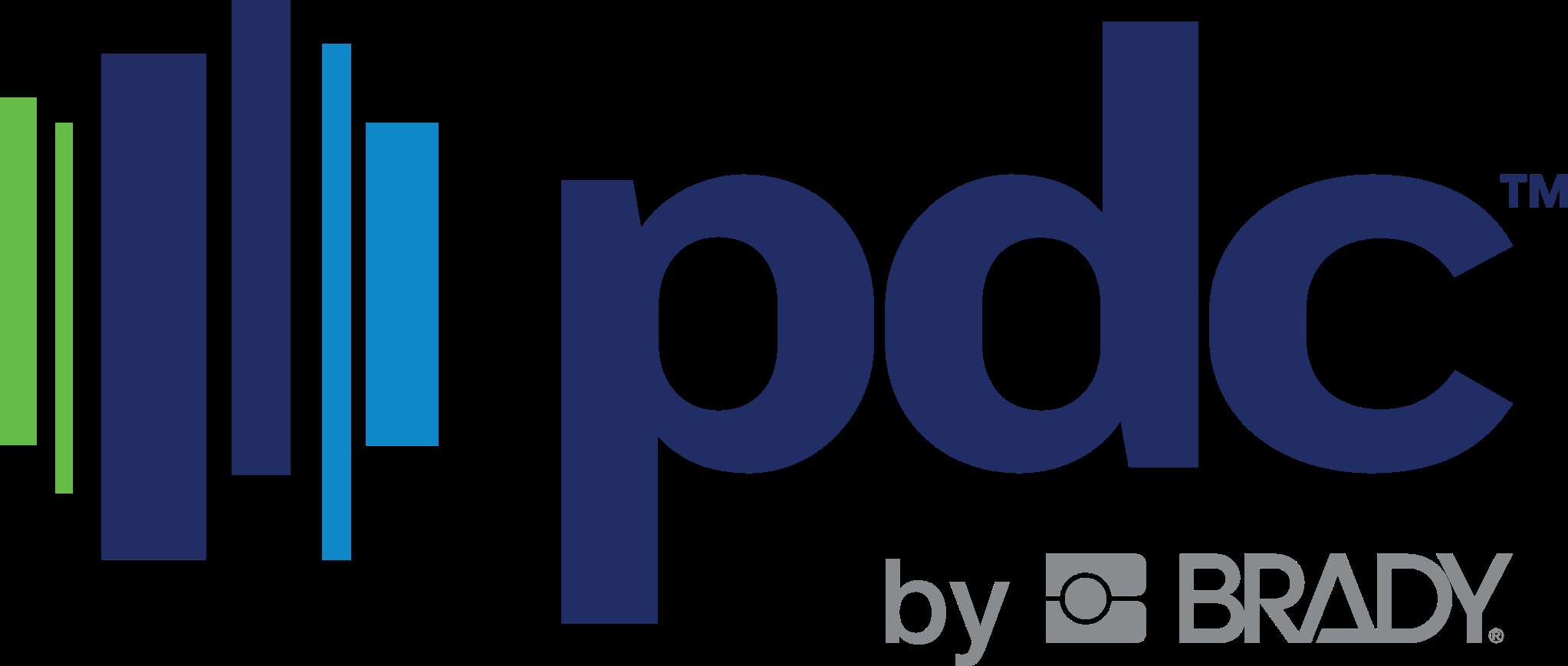
PDC, which is part of brady Corporation, has been a trusted partner to healthcare organisations for more than 60 years, providing superior identification solutions for the safe and efficient management of patients. PDC Healthcare offers the most extensive selection of wristband and label solutions in healthcare to help protect patients and help improve clinical outcomes at critical points during the patient care process. Our products are also designed and tested to high medical-grade quality standards for maximum safety, strength and durability. Each product is born from thousands of hours of rigorous research and testing to provide the most reliable and highest performing products available.
SMS Tech
Stand Number: 6
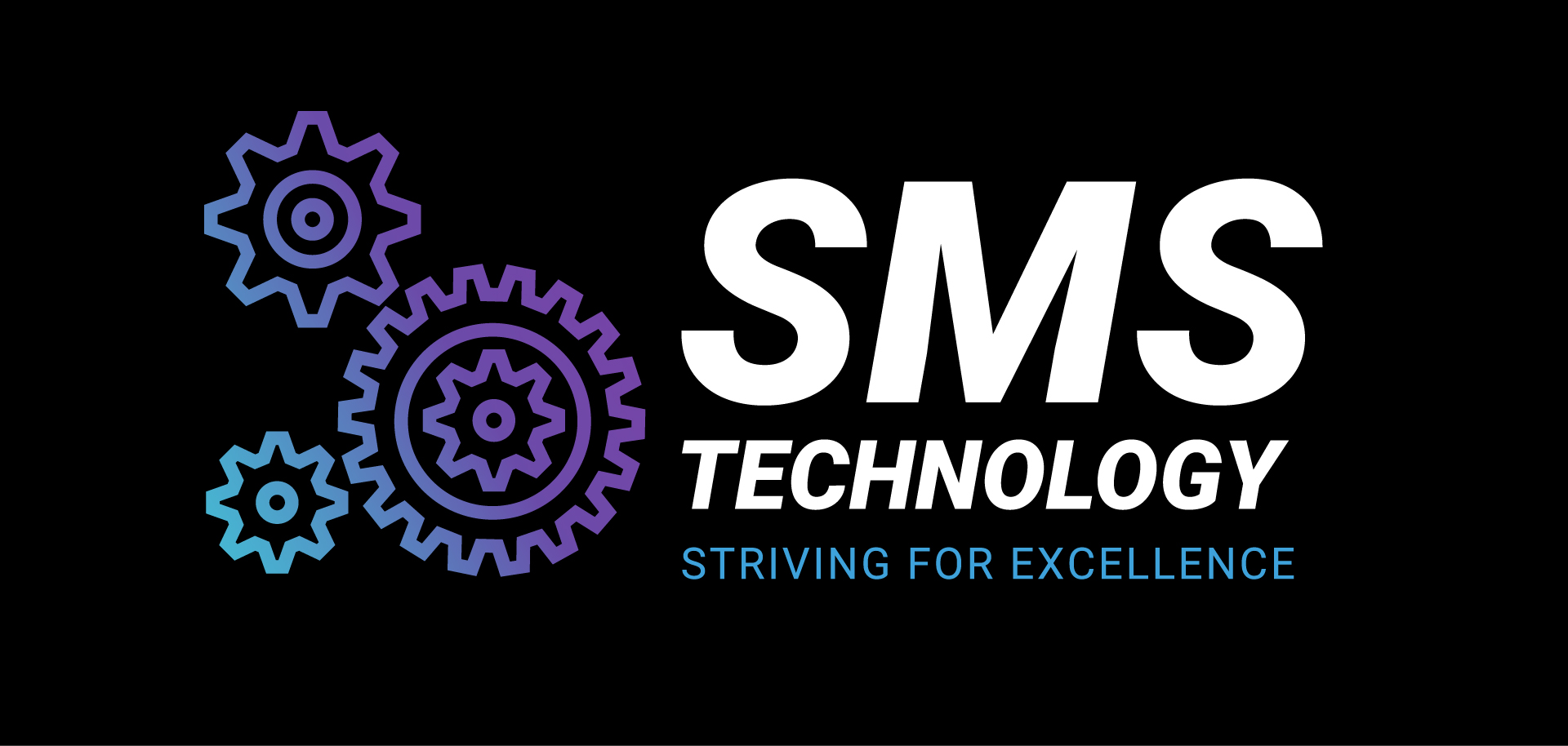
We drive real change by empowering organisations of all sizes to become smarter, faster and greener. As leading providers of operational performance software, we design and develop technology that easily improves all aspects of Safety, Environment, Quality, Delivery, Cost and Morale, futureproofing you to thrive in an increasingly competitive market. Headquartered in Durham with years of sector knowledge, our team is composed of experts in Quality, Health & Safety and Operations, who leverage their extensive in-house experience to offer a firsthand understanding and deeply address your business critical challenges. Going above and beyond just software, we believe in empowering organisational growth and shaping a brighter future for generations to come by reducing your carbon footprint. Business carbon assesment completed with a Net Zero confirmation ensuring no affect to scope 3 emissions, an Embedded carbon assesment completed on our product to quantify emissions reduced by using our tool. Holding accreditation in ISO9001/14001/45001/27001 & Cyber essentials
Who you will meet
The conference brings together senior-level healthcare decision-makers from across the UK, covering a wide range of disciplines including:
- Board level executives e.g. hospital CEOs, CFOs
- Digital transformation and IT infrastructure e.g. CIOs, CCIOs, directors of IM&T
- Patient safety and quality leads e.g. directors of quality and safety
- Clinical leadership e.g. medical directors, CNIOs
- Procurement and supply chain professionals e.g. chief procurement officers, heads of supply chain
- Pharmacy professionals e.g. chief pharmaceutical officers, hospital pharmacists
- Medical device manufacturers/suppliers e.g. heads of regulatory affairs, heads of supply chain
- Pharmaceutical manufacturers/suppliers
Reasons why your organisation should sponsor/exhibit
Electronic patient record system providers
Digitalisation has been coined as one of the government’s top priorities for the NHS. Couple this with the drive for integrated care, and the need for interoperable electronic patient record (EPR) systems has become even more important.
To enable patient information to be shared seamlessly between systems and organisations, EPRs need to be capable of capturing and sharing unique identifiers such as the NHS number, and using data standards (such as GS1 standards). This will help hospitals to capture accurate data, at the patient bedside, through point of care scanning (Scan4Safety).
End users implementing Scan4Safety, are looking for EPR systems that can support the capture and sharing of standards for record sharing and reduce the risk of transcription errors.
Inventory management system providers
To support Scan4Safety and point of care scanning, end users need to be able to access and capture accurate, unique product information. This information needs to be accessible via inventory management systems to improve stock management and enable products to be scanned to the patient for traceability purposes.
About 50% trusts in England have an IMS with 40% scanning products at the point of care. Initiatives such as the NHS Supply Chain inventory management and point of care scanning roll out aims to increase adoption to improve the traceability of products to patients.
End users require inventory management systems that can hold GS1 standards to enable point of care scanning and improve traceability and patient safety i.e. in the case of a product recall.
Asset management system providers
NHS Supply Chain are building a National Equipment Tracking and Inventory System (NETIS) to provide visibility over equipment assets.
End users will need to have systems that can capture information about assets and will seek ways to track assets to locations. Systems that can hold GS1 standards would enable hospitals to capture information about each asset and since the information is standardised, it could then be shared between systems and organisations or necessary registries or databases.
Location management system providers
GS1 standards for unique identification will be central to improve traceability and safety across the NHS estate.
End users implementing Scan4Safety, require systems and printers to enable locations identified using a unique number and mapped to site CAD drawings. This would be beneficial to futureproof the NHS estate by embedding standards to support digital infrastructure – particularly valuable as part of the New Hospital Programme.
The system infrastructure can also be used to support wider Scan4Safety uses such as asset tracking and patient flow management.
Datapools or product catalogue providers
GS1 standards play a crucial role in healthcare product catalogues and are essential for product data management providers. Hospitals rely on trusted, accurate product data that has been validated and verified. Accurate product data provides the foundation for traceability in order to support safer patient care and improved operational efficiencies.
Using standards ensures the data is standardised so it can be held and shared in relevant hospital systems. This serves to facilitate inventory management and point of care scanning in the hospitals as part of Scan4Safety initiatives, as well as helping with accurate ordering via electronic purchase to pay systems to reduce errors.
Providers of barcode printers, software, scanners, verifiers and RFID tagging
For successful implementation, end users require appropriate software, hardware and labelling/tagging products capable of supporting GS1 standards i.e. generating and printing GS1-compliant barcodes.
Whether it be for patient wristbands, location labels or RFID tags, the right data needs to be captured in the barcode. It also needs to be able scannable as well as able to extract the right information when doing so – essential for Scan4Safety.
Hospitals implementing Scan4Safety need, and seek, equipment that can support scanning at the point of care or use.
Medical device manufacturers / suppliers
Unique product identification is key to Scan4Safety. When a product barcode is scanned, hospital staff need to be able to trust that the data extracted is consistent, accurate, and complete. This is particularly important for implantable medical device information to be fed into the medical devices outcomes registry (MDOR).
End users on their Scan4Safety journeys seek products that are GS1 compliant and can be scanned, identified, tracked and traced when needed to meet their needs. This information will also be required on a national scale for relevant registries and databases i.e. for tracking adverse events and monitoring patient outcomes.
Pharmaceutical manufacturers / suppliers
Effective medicines traceability is critical to minimise prescribing or administration errors and reduce the risk of harm to patients. By using GS1 standards, pharmaceutical manufacturers and suppliers can ensure medicines can be traced through the supply chain, and to the patient, as part of closed-loop medicines systems.
Closed-loop medicines traceability is an important application of Scan4Safety in action. End users need pharmaceutical products that can be scanned to help improve traceability and reduce the risk of prescribing errors.
